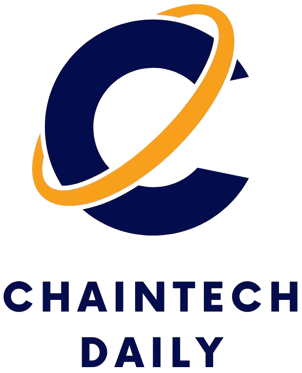Disclosure: The views and opinions expressed here belong solely to the author and do not represent the views and opinions of crypto.news’ editorial.
For millions of adopters, Bitcoin (BTC) represents freedom from capital controls, centralized intermediaries, and central bank debasement. But for institutions, holding Bitcoin isn’t free. In fact, it comes with persistent, measurable costs that accumulate quietly and erode value over time. This is Bitcoin’s “silent tax”—the negative carry that stems from fees, insurance costs, accounting friction, and opportunity cost.
For an individual investor with conviction and a long time horizon, this drag might be avoidable or tolerable. But for institutions managing large portfolios, reliant on secure third parties and bound by fiduciary mandates, the silent tax is becoming harder to ignore.
Holding comes at a cost
Unlike retail users, institutions often can’t self-custody Bitcoin on a hardware wallet. They rely on regulated custodians for compliance, auditability, and security. BitGo, Copper, Hex Trust, Coinbase Prime, and Fidelity Digital Assets are among the top players in this space—and they don’t offer their services for free.
Custody fees generally range from 0.35% to 0.50% per year, charged on assets under custody. For large clients, this adds up quickly. A $100 million Bitcoin position costs between $350,000 and $500,000 annually—just to sit in cold storage. Some custodians also charge onboarding and transaction fees, pushing effective costs even higher.
Insurance adds another layer. While major custodians offer policies, these limits are often well below what large institutions need. Some clients negotiate additional coverage or self-insure, either of which increases cost. And then there are audit expenses: public companies and funds must routinely verify their crypto holdings through specialized crypto audits. These aren’t cheap, often requiring six-figure engagements with Big Four firms.
Taken together, these are the core components of Bitcoin’s negative carry for institutions: unavoidable holding costs with no offsetting income. Even in the absence of volatility or price movement, the position slowly bleeds—a structural headwind built into the act of holding.
But beyond the explicit costs, there’s also a strategic constraint that further compounds the burden.
The structural headwind of negative carry
One of Bitcoin’s most important institutional use cases—beyond simply being held for long-term appreciation—is its role as collateral. Bitcoin can be posted to borrow dollars, stablecoins, or other crypto assets, enabling holders to unlock liquidity without selling their position. This function is especially valuable to capital-intensive businesses like miners or trading firms, and increasingly to treasury managers seeking more flexible balance sheet tools.
But the effectiveness of Bitcoin as collateral depends on its stability and availability. If negative carry erodes the principal of Bitcoin, the amount of usable collateral shrinks. In that scenario, holders not only suffer paper losses but also see their borrowing power diminish in real terms.
This challenge is amplified by the fact that the primary way to offset Bitcoin’s negative carry, through yield generation, often removes Bitcoin from being usable as collateral. If an institution lends out its Bitcoin to earn interest, those assets are typically locked up and no longer available to be posted against loans. In effect, there’s a trade-off: you can use your Bitcoin to generate income, or you can use it to unlock liquidity.
This binary choice creates real friction for institutions trying to maximize capital efficiency. The Bitcoin that’s out earning yield via lending isn’t available for borrowing or operational flexibility. And the Bitcoin kept liquid for collateral sits idle, accumulating holding costs with no offsetting return.
Why this matters now
In the early 2020s, with rates near zero and inflation concerns mounting, Bitcoin’s narrative as an inflation hedge made the silent tax easy to overlook. But with a shift to higher interest rates, renewed competition from yield-bearing assets, and stricter regulatory scrutiny, institutions now face a harder calculus.
Custody fees are no longer negligible. Inflation-adjusted opportunity cost is real. And internal stakeholders—from risk committees to CFOs—may soon start asking what Bitcoin is doing on the balance sheet beyond just sitting there.
Breaking the trade-off
The current trade-offs facing institutional Bitcoin holders are significant, but they may not be permanent. As infrastructure evolves, new approaches are beginning to offer a path forward—solutions that could reduce or even eliminate the need to choose between yield and utility.
Across other blockchain ecosystems, native yield is often earned by helping to secure the network through staking. Bitcoin, by design, doesn’t offer that functionality to holders — its proof-of-work system rewards miners, not those holding BTC. But recent developments point to a new possibility: enabling Bitcoin to support external proof-of-stake chains, earning yield in the process. This model, often referred to as Bitcoin staking, allows BTC to be delegated to secure other networks—without giving up custody or taking on new trust assumptions. As these approaches continue to mature, the institutional viability of Bitcoin is sure to grow.
For institutions that have long had to choose between capital efficiency and alignment with Bitcoin’s design, that shift could be significant—and long overdue.



